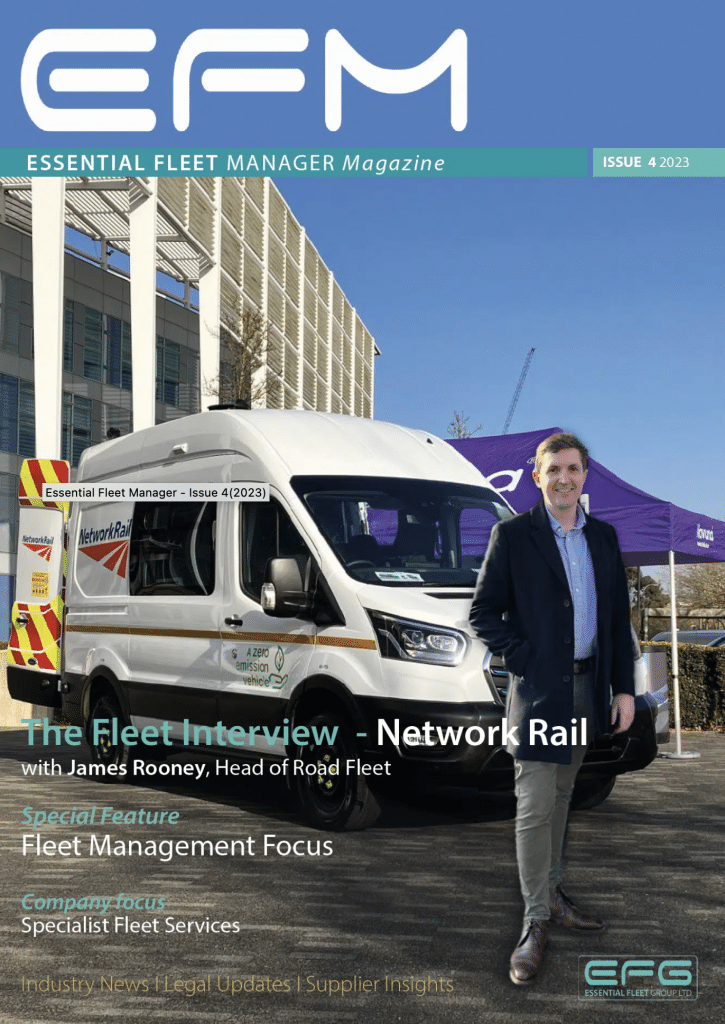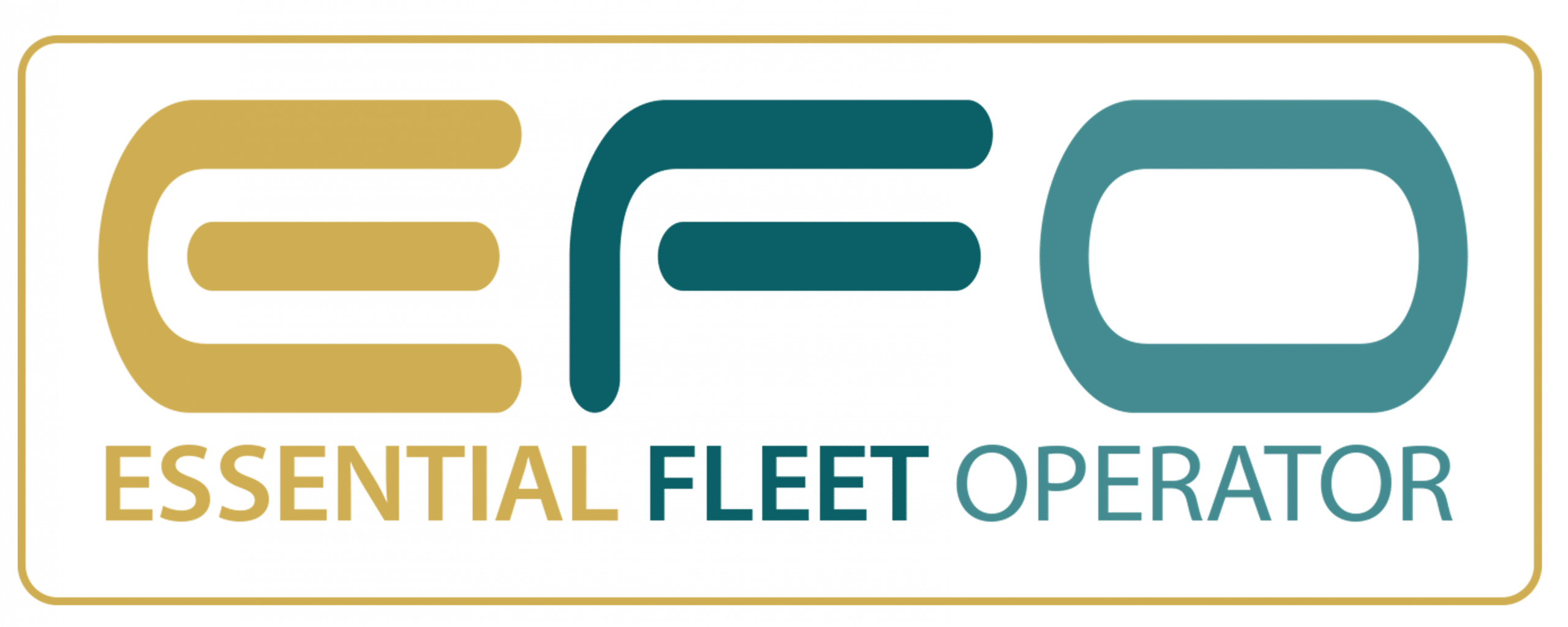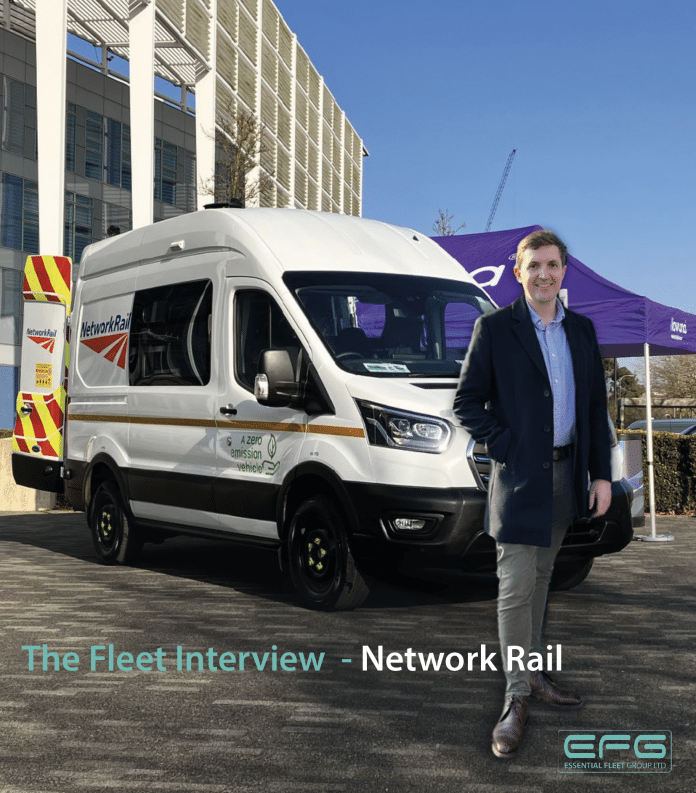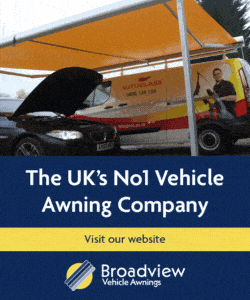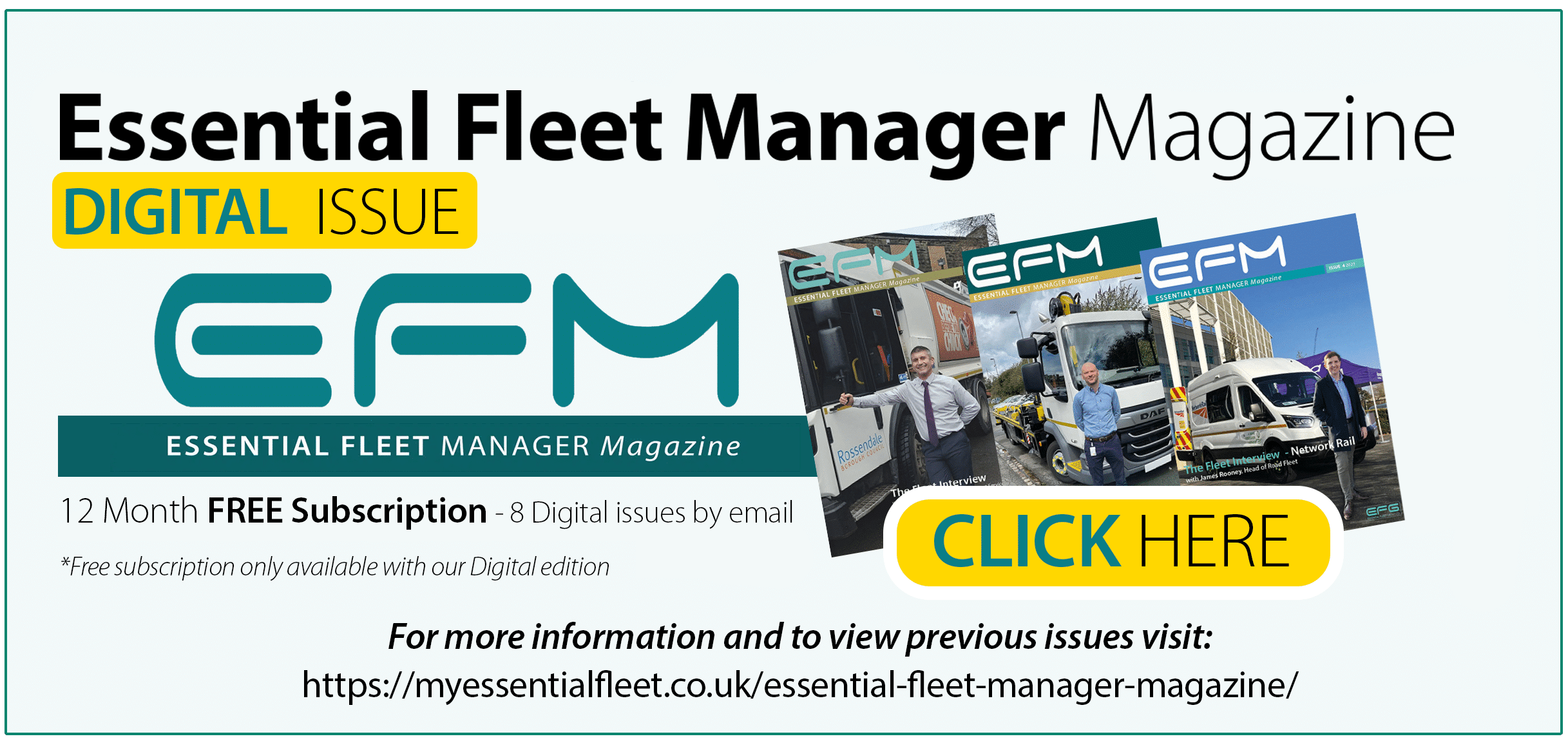With James Rooney, Head of Road Fleet – Network Rail
Introduction
Network Rail is not only responsible for the 20,000 miles of track in the UK, but also for thousands of bridges, viaducts, tunnels, signals, level crossings and the twenty largest stations. Consequently, Network Rail’s road fleet that supports the maintenance and safety of this vast infrastructure, is not only large, at almost 9,800 vehicles, but also complex and diverse. Teams must access a wide range of sites, from urban to remote and often over difficult and varied terrain and therefore vehicles must be up to the task in all situations. When, as part of the government, all vehicles must become zero emissions by 2030, a strategy that delivers this and allows operational demands to be met in the meantime, takes immense preparation and planning. We were therefore delighted to catch up with James Rooney, Head of Road Fleet at Network Rail since January this year, who explains how this is all to be achieved and which are the major challenges along the way.
Interview
Q: What is the current breakdown of your fleet assets and could you give some examples of the range of tasks they support?
We have a huge array of assets, with the mainstay being vans. The full breakdown with a brief explanation of their use is as follows:
Internal Combustion Engine (ICE) passenger vehicles
Cars (894) – used in mainly business use only, however some do have private use. All are branded and made up of a mix of Volkswagen and Ford.
4X4s (930) – mostly pickups. Dual cab 4×4 with box on rear. A mix of Toyota, Isuzu and Ford.
Electric or Hybrid cars
(515 Hybrid ), (13 Electric) – mostly Toyota, Renault and Kia.
Internal combustion vans
Small (2267) – Ford Connect and Combo.
Medium (1610) – Ford Transit Custom.
Large (482) – Vauxhall Movano and Ford Transit
Messing vans (1900) – Vauxhall Movano and Ford Transit.
Chassis Cab (758) – Vauxhall Movano and Ford Transit.
ANP (10) – Ford Transit.
Electric or Hybrid vans
Safety bus (1 hybrid), Electric vans (28) – Nissan eNV200, Vauxhall Combo and Vivaro.
HGVs:
HGVs (97), Special (115), Welding & Grinding (249) – Iveco, Volvo and MAN.
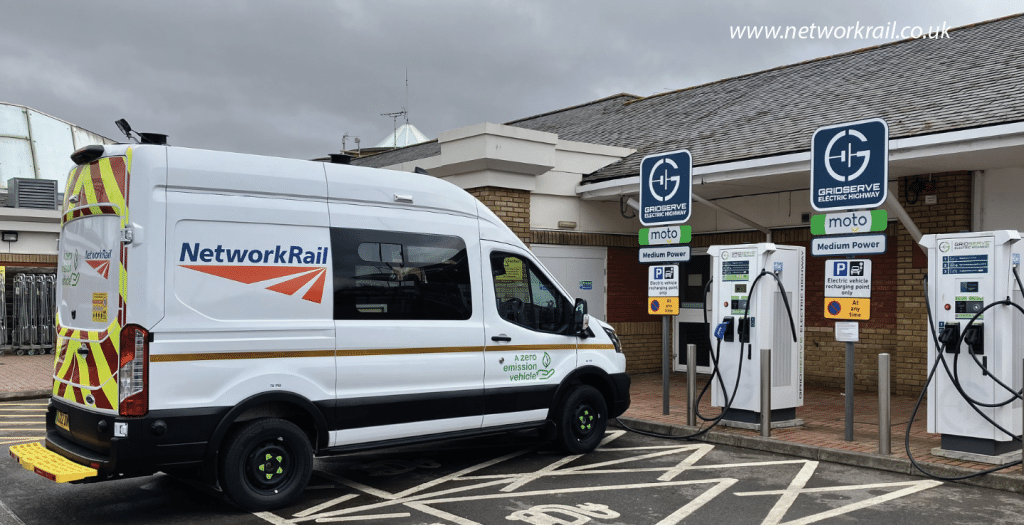
Network rail has a huge array of operations to support, and the above vehicles (all largely depot based) are spread amongst teams that support the following; rail welding and grinding, ballast tamping, construction projects, signalling, communications and vegetation removal. Of course there is also every other operation you would expect within that too. All the vehicles are converted to a specification that is suitable for the role they partake, with safe storage for petrol, tools, track detonators and PPE.
The vehicles live a tough life, having to drive from depot to a track access point. Quite often that can be a gate in a farmers field! So we make sure they are fitted with M+S tyres and we service them at twice the standard spec in most cases.
We also have a number of Road Rail vehicles which sit within our plant teams. These are fascinating vehicles that are capable of driving in “rail mode” with switchable rail wheels which can be raised and lowered.
Q: What were the main objectives of the fleet strategy set out in 2021, and how had it evolved by the time that you joined in January this year? What are the headline commitments?
The fleet strategy follows that of the DfT commitments for decarbonising government vehicles. Originally set for 2030 this has now been brought back to 2027 and requires all vehicles under 3.5T to be zero emissions. When I joined we had a number of cars already fitting within that however not very many vans! The business had on order 400 zero emission vans from Vauxhall, and I have expanded that to 1,000 to help kick start the transition process. It’s a tough fleet to transition, as if you get it wrong, the railways could stop! Nonetheless, since starting I have brought together swathes of data which help identify those vehicles which could be electrified using existing technology. Happily this is quite a high figure which gives us plenty to get on with whilst we are waiting for better zero emissions solutions in the large van and 4×4 space.
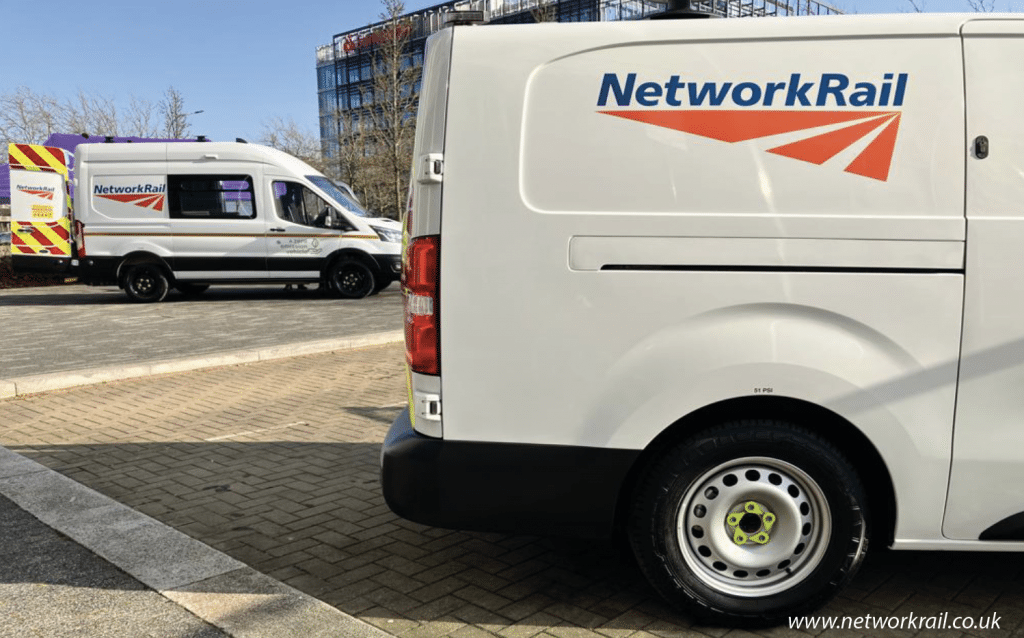
Q: To meet targets, how important is regular engagement with other departments at Network Rail and with suppliers?
Hugely important. Network Rail runs a devolved model, which basically means each of the major routes in the business is within itself a miniature business. They have their own budgets and sign off procedures, and therefore get to state how much fleet they want and how it is used. My role in the central team is to provide the support function to enable them to operate with their chosen path.
Engagement is everything – we as fleet professionals need to be able to ensure the right data and vehicles are provided to their requirement. For example, down in the south we largely have 3rd rail electrified trains, whilst further north they use overhead catenary power – two completely different skillsets in completely different routes requiring different fleet and engineer talent.
Mercifully, the business has regional fleet management which look after a few routes and working in tandem with the central team understand the local requirements, and help with the critical safety and compliance areas of running a large fleet and operators license.
Of course the nature of the engagement is now changing, as we move over to zero emissions, with more and more granular involvement now becoming the norm to help people transition not just their vehicles, but also their way of thinking with new technology.
Q: When transitioning to EVs, what preparations are necessary to sites and infrastructure and how have these changes been made?
This is an enormous area. We have over 400 depots and all of them will need charging facilities. We have a project team set up which is looking after how we site survey, power upgrade and install these. Already this year we are set to install over 500 chargers and this will keep getting faster and faster.
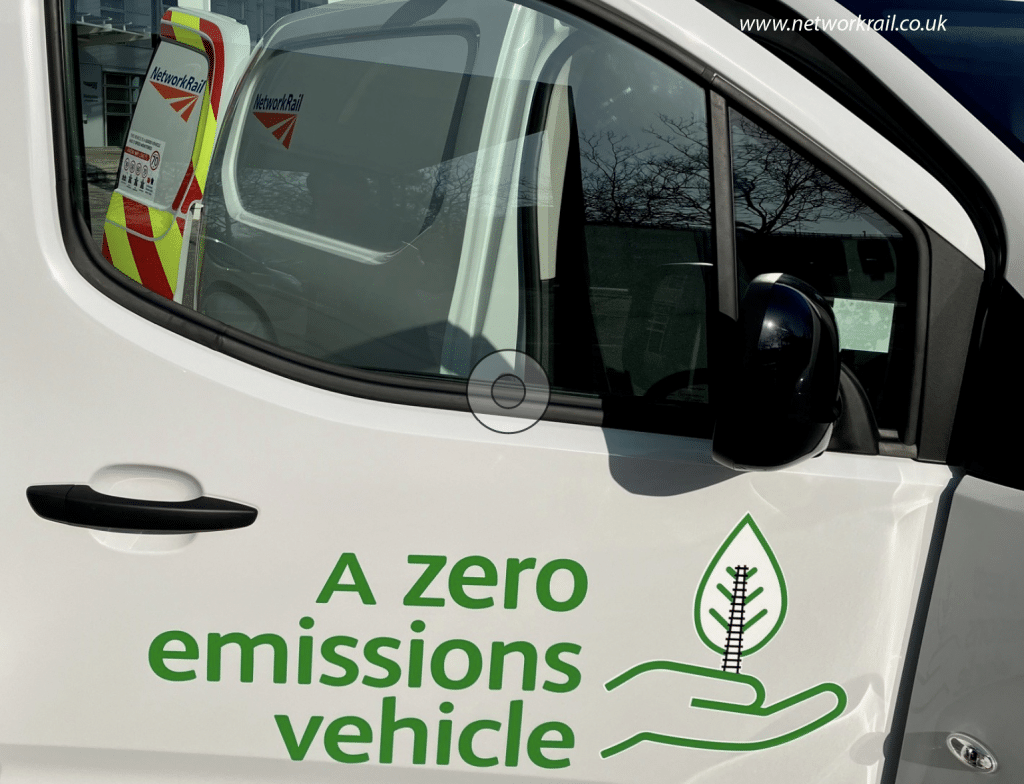
Q: How do you prepare drivers for the switch to EVs and what are there any established driver behaviours that present a particular challenge?
All drivers receive training, and more recently this is now online and in cab to ensure that best practices are shared and the vehicles really have a chance at being used in their best possible scenario. Little things count like ensuring regeneration is used, heating and air conditioning are minimised and driving style is best adapted. The biggest challenge is of course the latter, and the fact that as a business, our operation is all outdoors! The van might be the only sanctuary the engineers get, and that means we do experience high idling or heating use – particularly in winter. This is factored into our energy consumptions when specifying the van, but does mean that some areas can’t be electrified yet because of the power requirement needed on site.
Q: Which parts of the fleet are currently the most straight forward to electrify?
Cars and small vans, and nearly always these have the right daily mileage too. Large vans are the problem, particularly welfare vans that need to provide light, heat and hot drinks for hours if not days at a time.
Q: With a firm commitment to a 100% zero emission fleet, how are you overcoming the challenges presented by your large and specialist vehicle assets and are you considering alternatives to battery electric vehicles?
A lot of it is forecasting what is coming from the manufacturers and focussing on what fits now, so we have the agility and headspace to move those options over as they become available. If we delayed everything now, we would have the whole fleet transitioning in one or two years space and that wouldn’t work for the manufacturers supply chains or our ability to swap vehicles! We are also looking at other options for these harder to decarbonise vehicles too – hydrogen being interesting as this may have use for train fleets and our heavy plant equipment too. We are also looking at where the power is used in these specialist vehicles, and looking at site supply such as battery storage or mobile chargers.
Q: How do you maintain the balance of delivering great change within your fleet and ensuring that services are uninterrupted within user departments in Network Rail?
That’s the art of it! The main way is communication. Tell people what’s happening, explain how, then tell them again and bring them on the whole journey. The main reason disruption happens is because something goes wrong, or people don’t realise what’s going on and don’t join the dots. I can’t profess to be doing that on my own! We have some great teams centrally, in the regions and routes that are all tasked with this commitment, and we have a number of working groups and progress updates to keep us joined up. From a practical point of view, we are also making sure that vehicles delivered are drop in replacements – i.e they can be used exactly as their diesel counterparts. The only difference being their operation and charging!
Q: How do you utilise technology to manage and reduce risk in all fleet operations?
We have huge investment in their area in recent years. A new telematics system was rolled out with driver fob in/ fob out systems, in-cab light bar and front and rear facing cameras. Coupled with that an in cab display has been fitted to allow use of vehicle specific GPS (HGVs obviously need to avoid bridges!) and this also enables the digitalisation of our vehicle walk around checks which were previously paper based. We are working hard to sweat these new assets currently and get better use out of them. We are also looking at further digitalisation, such as auto FNOL and telematics forwarding maintenance requirements straight to the team so the driver doesn’t even have to call in.
Q: Along with the training needed specifically for EV transition, how do you engage with drivers to maintain the highest standards in both driving and wellbeing?
We have a number of tools to do so, toolbox talks, site visits, in cab systems and our Intranet. Obviously it’s a bit of a lottery with some drivers engaging more than others, but we also have systems in place to make sure drivers have support if they are involved in an accident or near miss to make sure we don’t just plonk them back in the van without checking to see if they are ok, and having a coaching session with one of our trainers. One thing I have noticed since joining Network Rail is the huge emphasis on safety, which is great to see and filters through everything we do.
Q: With global supply chain issues still in place and other possible obstacles, how will you adapt and remain on course to meet your 2027 targets?
My crystal ball sadly isn’t as accurate as it used to be! This is probably the biggest issue we face, and the only way out is communication and forecasting. Making sure vehicle orders are with the manufacturers with enough time for delivery, and working with them to understand the time frames. In recent years the relationship between supplier and customer has changed, and now you need to work cooperatively rather than transactionally. I often sit down with our manufacturers and leasing company to understand new technology, time frames and pinch points. Using this you can best put a resilient plan together to ensure delivery in the time for our 2027 target. However nothing is bullet proof and you need to have contingencies in case you have to pivot at the last moment!
Q: Finally, how do you manage the day to day challenges of operating such a large and diverse fleet and at the same time plan and implement the great changes demanded by you fleet decarbonisation strategy?
Nothing is on my own, I have a fantastic team and some great suppliers who all know the business inside out. From my point of view, the best way to get the change across without causing issues to bring everyone along on the journey and get their buy in. You will be surprised by how far reaching the effects of decarbonisation are, and if you don’t involve everyone at least to some extent, you will find it may trip you up.
You need to set out the ground rules early on about what can be flexed and what is a show stopper. For example, payloads and mileage – the more you can learn about your business and what happens on the ‘shop floor’ the better you will be equipped to not be stopped in your tracks (no pun intended) with your strategies as you adapt them to fit.
This interview appeared in issue 4 of Essential Fleet Manager Magazine – read it here
